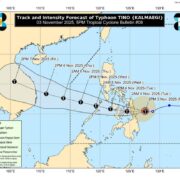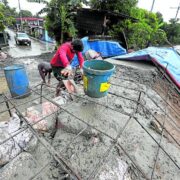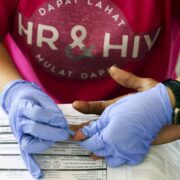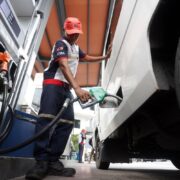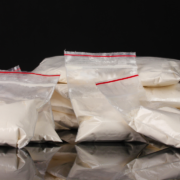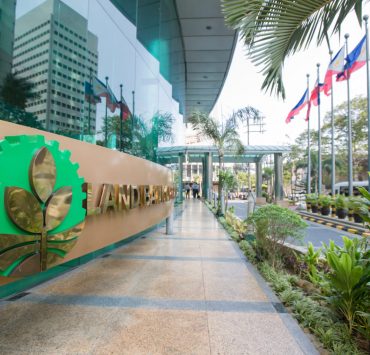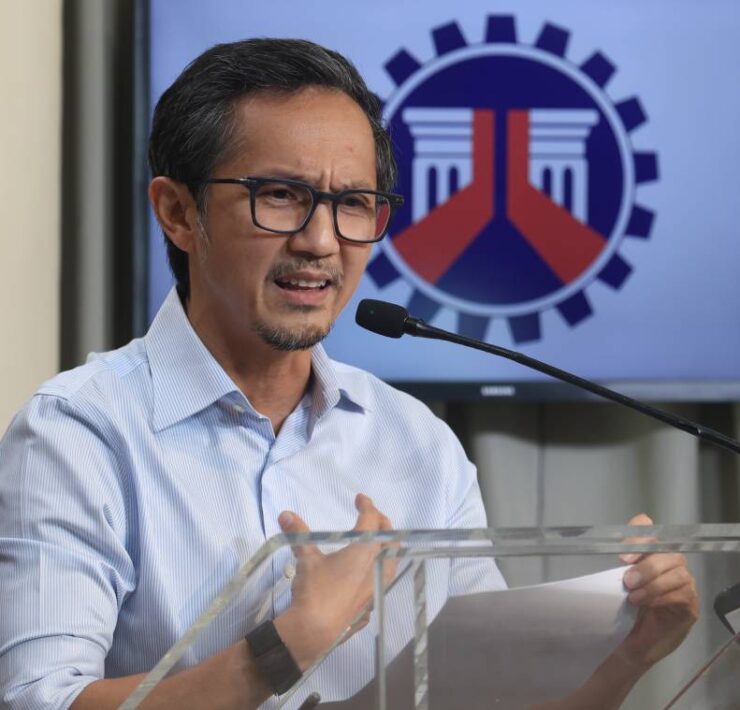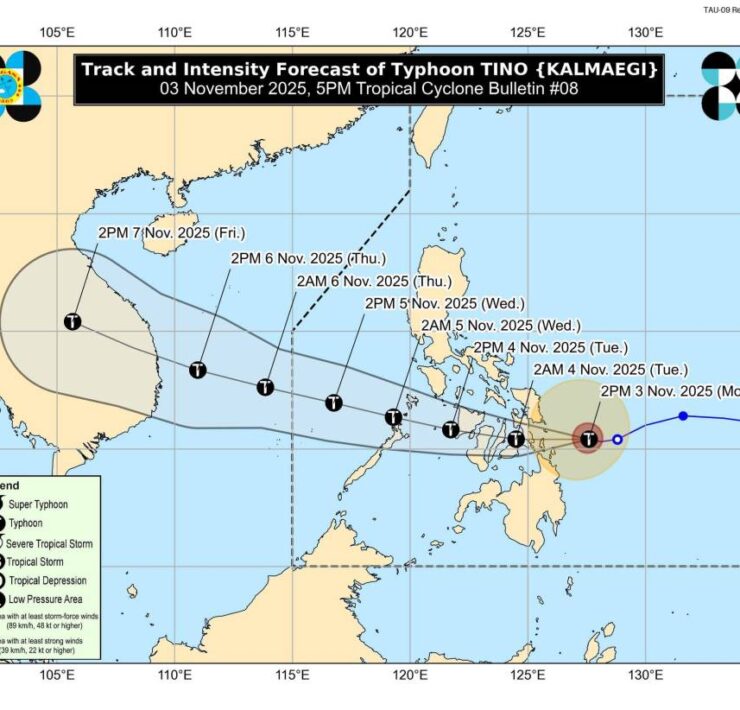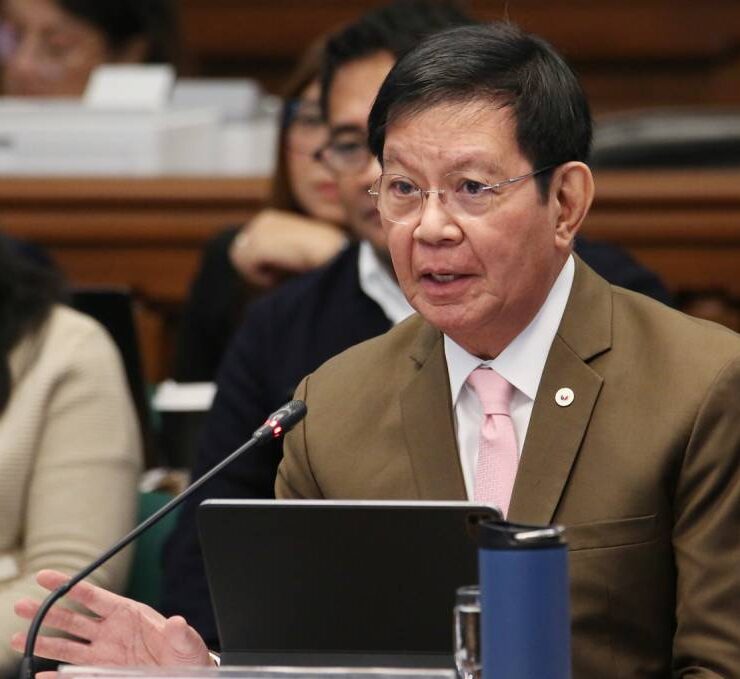‘Walang Gutom’: More families getting food stamps
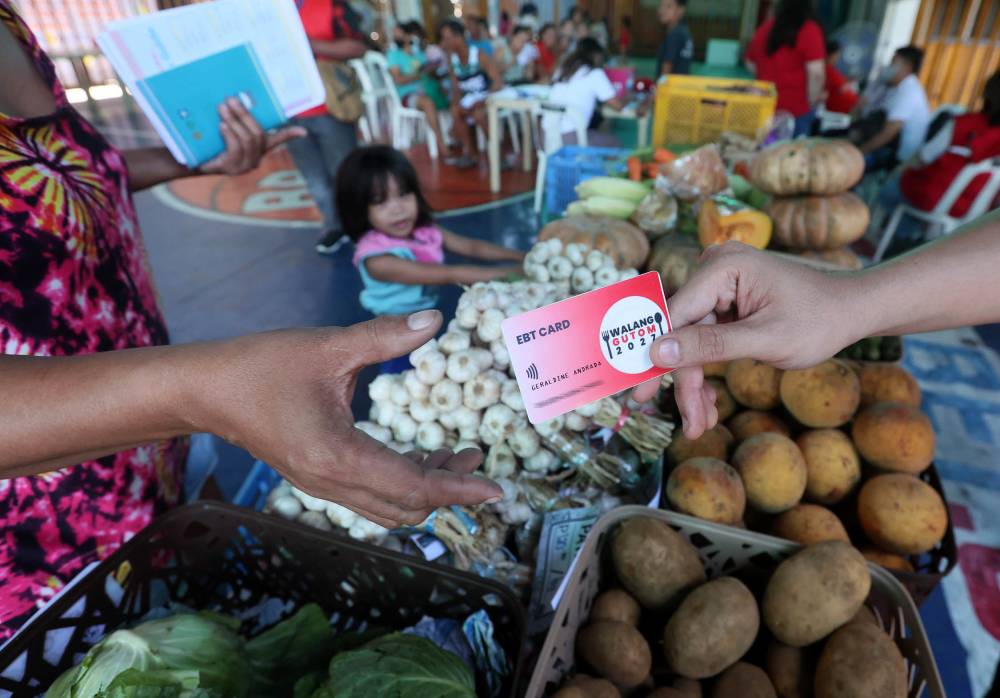
The Department of Social Welfare and Development (DSWD) has begun the scaled-up implementation of its food stamp program, with around 300,000 households targeted to receive the monthly stipend this year.
The ceremonial launch of the full rollout of the “Walang Gutom (no hunger) 2027: Food Provision through Strategic Transfer and Alternative Measures Program (Food Stamp)” was held in Leyte province on Thursday.
The kickoff was simultaneously held in nine other provinces—Isabela, Camarines Sur, Cebu, Negros Oriental, Zamboanga del Norte, Zamboanga Sibugay, Bukidnon, Maguindanao and Surigao del Norte.
Social Welfare Undersecretary Eduardo Punay on Friday said the program hoped to reach as much as 1 million “food-poor” families by 2027.
To reach this target, another 300,000 households will be issued stamps in 2025, and then 400,000 more in 2026, Punay told the Inquirer.
Citing data from the Philippine Statistics Authority (PSA), the DSWD said around 1.4 million households in the country may be considered food-poor.
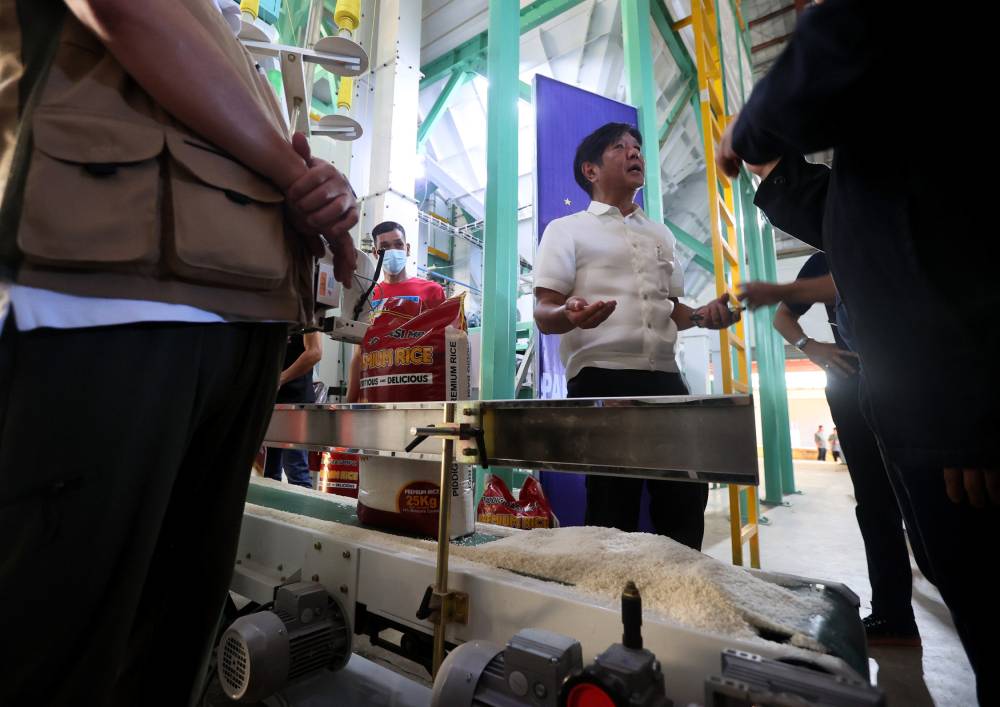
President Ferdinand R. Marcos Jr. inspects the rice from Rice Processing System II, a state of the art multi-stage rice mill with a capacity of 2-3 tons per hour during its inauguration in Brgy. Ab-abut, Piddig, Ilocos Norte on Friday. The initiative aims to significantly enhance the agricultural productivity of some 1,100 farmers who manage a total area of 1,400 hectares of rice fields under the Piddig Basi Multipurpose Cooperative.
INQUIRER/ MARIANNE BERMUDEZ
The PSA figure was used by the DSWD as basis for targeting 1 million food stamp recipients nationwide in the next three years.
The poverty-alleviation program’s six-month pilot run, which started in July last year, had 50 families as initial beneficiaries who were chosen in five areas: Tondo district in Manila, San Mariano town in Isabela province, Siargao Island in Surigao del Norte, Garchitorena town in Camarines Sur, and Parang town in Maguindanao.
It was was initially funded through a $3-million grant from Asian Development Bank.
To be ‘food poor’
For its full implementation, a funding of P1.89 billion for 2024 has been set aside, the DSWD earlier said.
The program seeks to reduce the incidence of malnutrition and hunger in low-income households or those with earnings below P8,000 per month.
At the time of the program’s launch, the prevailing monthly food threshold set by the PSA for a family of five was P8,379. This means that a household member is considered food poor if he or she spends below P55.86 on meals per day, at P18.62 per meal.
In December that same year, the PSA’s updated food threshold for a family of the same size rose to P9,550 per month. To be food poor now is to have a meal worth below P21, or a budget of just P63.67 for all the day’s meals.
P3,000 monthly load
An electronic transfer card loaded monthly with P3,000 worth of food credits are provided to families, which they can use to buy high-nutrition food items from the DSWD’s partner merchants.
The beneficiaries may not use the card to purchase so-called sin products, such as liquor and cigarettes.
The DSWD maintained that the food stamp project was “not a dole-out program” since its beneficiaries have to meet two conditions to avoid being delisted.
First, they must attend nutrition education sessions once a month to “foster positive behavioral change” while learning to prepare “healthy, yet tasty” meals.
Second, they must participate in “employment promotion activities” at government job fairs or classes conducted by the Technical Education and Skills Development Authority.



